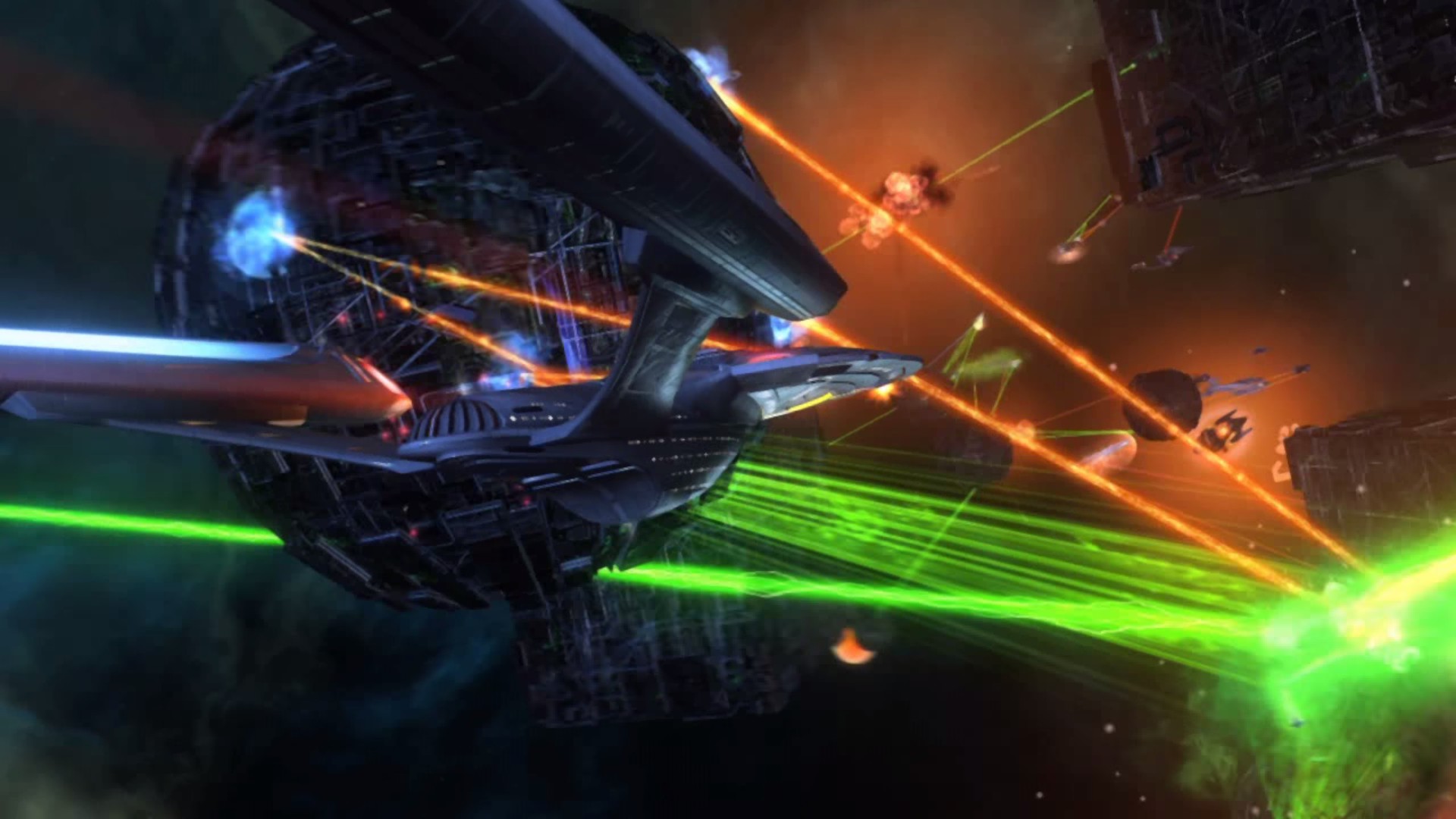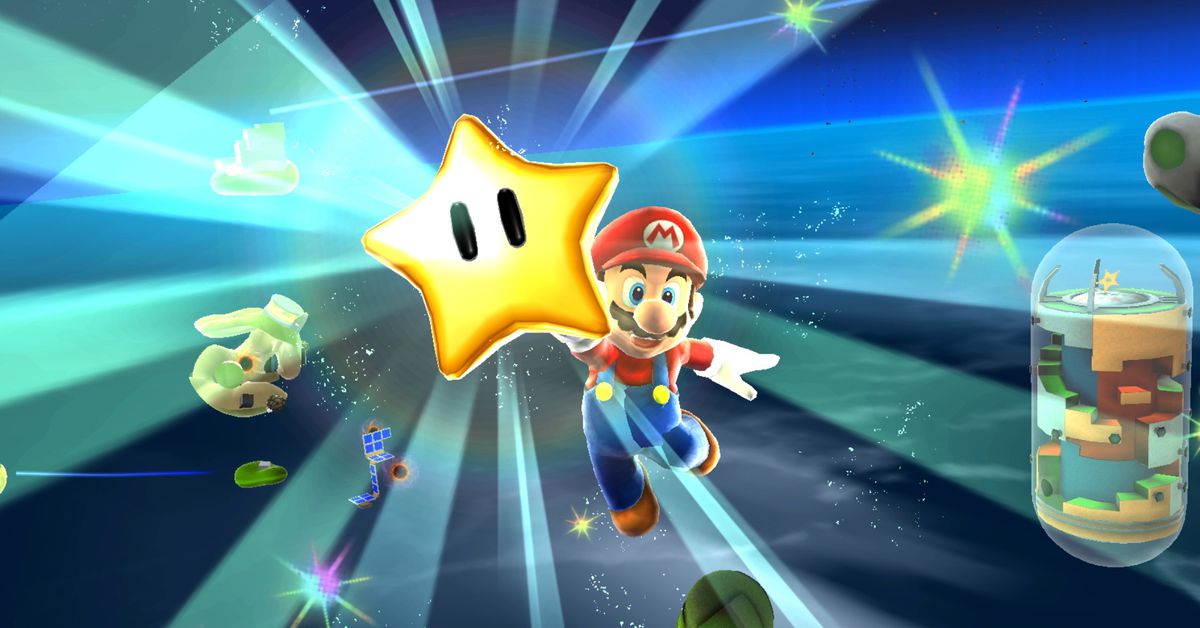

It wasn’t the most user- or budget-friendly title. Any player with a computer and modem could engage in interstellar warfare as long as they were paying CompuServe for the privilege. The new name? MegaWars.Īlready tried-and-true in its older form, MegaWars was a solid hit for CompuServe when it went live in 1983.

His team rewrote the game to strip out the Star Trek references (because: legal), add leaderboards, include more ship types, and rebrand it. Bill Louden at CompuServe, an online platform, saw the potential in DECWAR, bought a copy for $50, and went to work. What DECWAR didn’t have, however, was a copyright that forbade users from taking the game and repackaging it for various platforms. New and improved versions of the title emerged in subsequent years into the early ’80s. “That allowed them to join or leave the game at any time without interrupting the rest of the players.”ĭECWAR was a modest hit among university students and other tech users, and the title quickly spread around the globe. “By using shared memory to store information about the galaxy, each player was able to run a different copy of the program (or job) and still share a single map,” Games of Fame wrote.
STAR TREK ONLINE GAMING SOFTWARE
Up to 18 players could join a game and duke it out among the stars - provided that each had access to the hardware and software required. Perhaps the most notable change was the addition of true online multiplayer. Now called DECWAR, the Star Trek sim boasted rewritten code, a Romulan ship, and new features. This simplistic space sim was soon ported to the DEC PDP-10 by Robert Schneider in August of 1978.

The two players had to take turns using the same computer terminal to enter commands, making it quite awkward but workable. If a player either acquired all of the planets or destroyed his opponent’s ship, that player would win. WAR put two players in command of a starship that would cruise around the galaxy trying to destroy Klingon warships and conquering planets to turn them friendly.
STAR TREK ONLINE GAMING CODE
In fact, somewhen in the mid-1970s, an unknown author wrote the code for a Star Trek sim called WAR that was meant to be played on the University of Texas at Austin’s supercomputer, the CDC-6600. When we look at the early days of online computer gaming, it shouldn’t be a surprise that the geeky crowd that was working on these titles were also enamored with geeky shows like Star Trek.


 0 kommentar(er)
0 kommentar(er)
